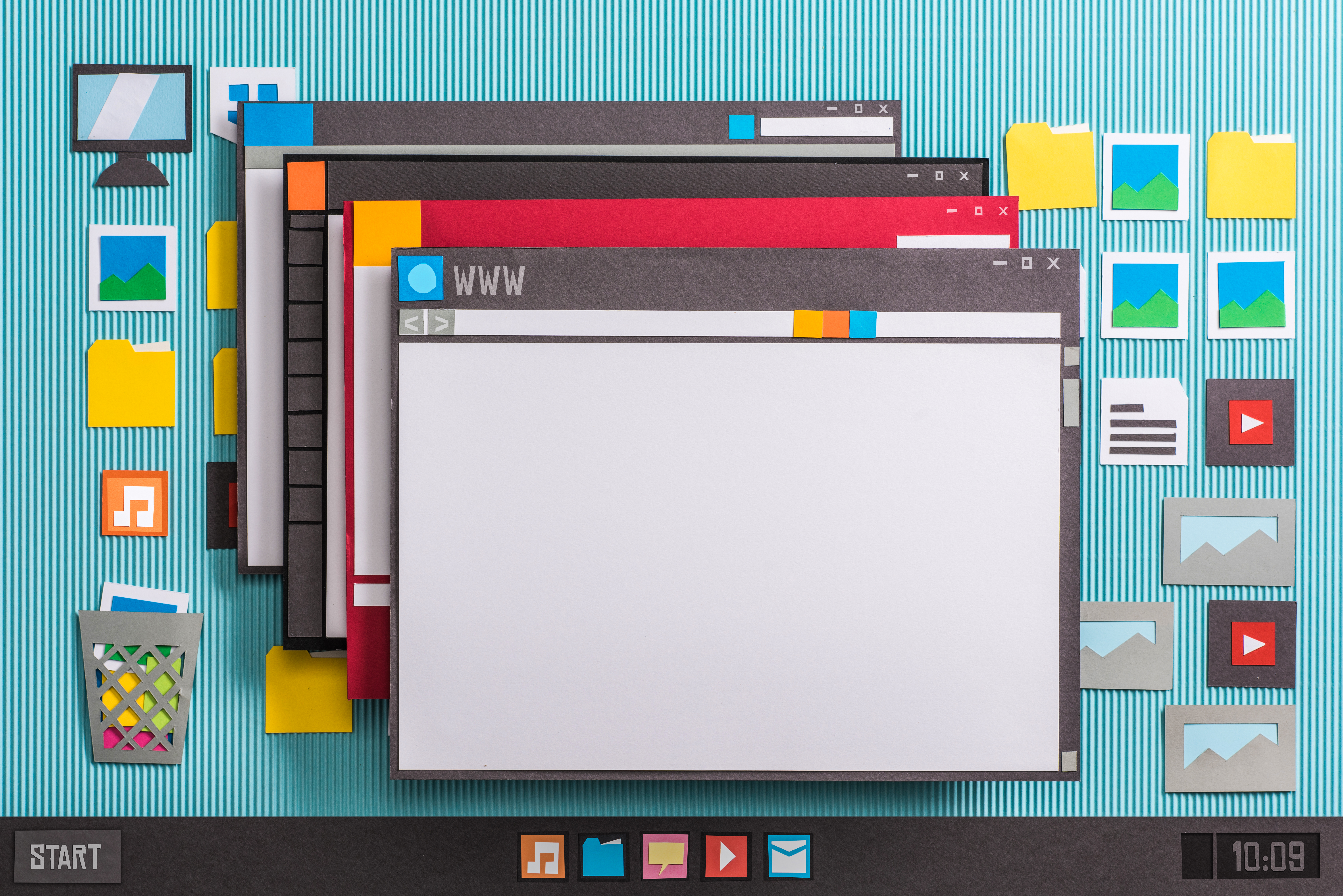When used together, the letters ‘I’ and ‘T’ are practically a swear word inside big companies. When a software application only runs in Internet Explorer, it’s IT’s fault. When paperwork needs to get filled out in triplicate just to add a new user account, IT is to blame again. When a software upgrade delivers three weeks late because the scope kept evolving, no one but IT is getting yelled at. For many parts of an organization, the letters N-O might better represent the perceived role of IT.
The IT leaders I know tend to live on the bleeding edge of technology in their personal lives. They upgrade their phone every time something new comes out. They build sophisticated home networks so their kids can have a Minecraft server on one node while another node serves up video on demand from a custom-built home media server.
These same men and women go to work, where they manage teams dealing with antiquated systems that often lack the kinds of features we’ve come to take for granted in the consumer world. The systems are almost always mission critical and have a significant technical debt associated with modernization.
Maybe you can identify with this very scenario in your own life. Even if you aren’t managing the team that’s keeping these outdated solutions from failing, it’s very likely you are using one or more of those systems in your daily work.
How did things get so disconnected in the working world?
It’s easy to point the finger at the CFO and claim that if she hadn’t made IT justify expenses, everything would be fully modernized. Instead of squeezing every last dime from your procurement budget for network cables and memory upgrades, maybe IT would have deployed mobile tools that allowed the sales force to deliver quotes in real time to prospective customers.
Budgets for IT have certainly trended smaller in recent years, creating the need to do more with less, but the reality is far more complicated.
If you want to point fingers, start with a moment in time, not a person or team. That moment in time for your company was the one where IT became decoupled from all the aspects of the business used to define success. When the marketing team slapped each other’s backs for delivering 40% year-over-year growth while reducing cart abandonment by 15% during this year’s holiday buying season, who invited the CIO to the party for delivering the throughput and infrastructure required to allow the website to handle all those additional requests?
The answer is likely that the CIO wasn’t invited, because IT is viewed as a cost of goods sold. It’s a given that the website should just work.
Those shrinking budgets I mentioned earlier aren’t tied to any of your company’s key performance indicators. Nobody spelled it out that using servers in the company data center was certainly cheaper than developing a hybrid-cloud infrastructure, but the lower cost also meant that some customers wouldn’t be able to make a purchase for your ecommerce site during peak buying season.
If that’s how your current company culture thinks, it’s time for a change.
The information technology you use today is really the integral business technology that helps your company deliver it’s specific value proposition. The marketing team can’t be successful without a strong partnership with IT. The customer support team can’t focus on delivering happiness to your customers unless their systems are integrated and operational with the help of IT. Your remote sales team can’t operate with real time pricing data for customers when IT hasn’t optimized application delivery for mobile.
This cultural shift won’t happen overnight, but it needs to start somewhere.
That shift can start from a place of aligning your internal teams to work smarter together. Smarter in the sense that IT really is an integral part of helping the company meet business goals. Smarter because IT is delivering what the business needs instead of focusing on what the business asked for. Smarter through proactively addressing changes to the competitive landscape. And smarter in recognizing that the people in the trenches doing the work have a unique perspective on how business technology needs to evolve.
Engaging a company like Accenture or PWC can help with that transformation, because they are able to apply tested methods to leading the IT and business organizations toward a common business outcome, rather than simply delivering the requirements spelled out in a scope of work. If you aren’t ready to engage an outside organization just yet, you can start with the basic framework outlined below.
- Define a clear set of objectives. What outcomes do you hope to achieve in changing how your company uses IT to achieve business goals?
- Create a strategy from the objectives. How will your company accomplish the objectives set out in step one?
- Lead by example. Who will champion this change in approach throughout the management chain, including demonstrating new approaches to thinking about IT?
- Reward adaptation and ability to be resilient in the face of change. Change is scary. Make it obvious to your people that trying and failing is something worth rewarding as you start down this new path.
- Invest in your people. Your existing team has lots of institutional knowledge that helps them service your customers and deliver great experiences. They may not have all the skills required to successfully move to this new way of thinking. Show them they are valued and help bring them along on the journey by investing in upskilling and retraining where necessary.
Whether your role in your company is IT leadership or you perform some other vital business function, familiarizing yourself with the five steps above will give you a broader ability to influence change within your company. You can help lead your company to more innovate solutions that give the company an edge over your closest competitors.





